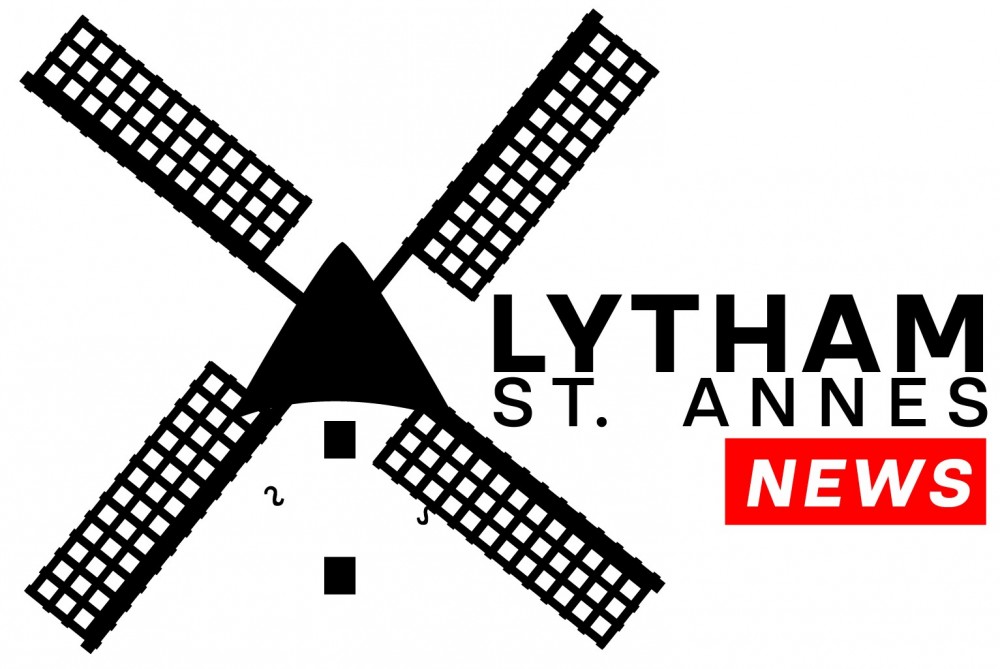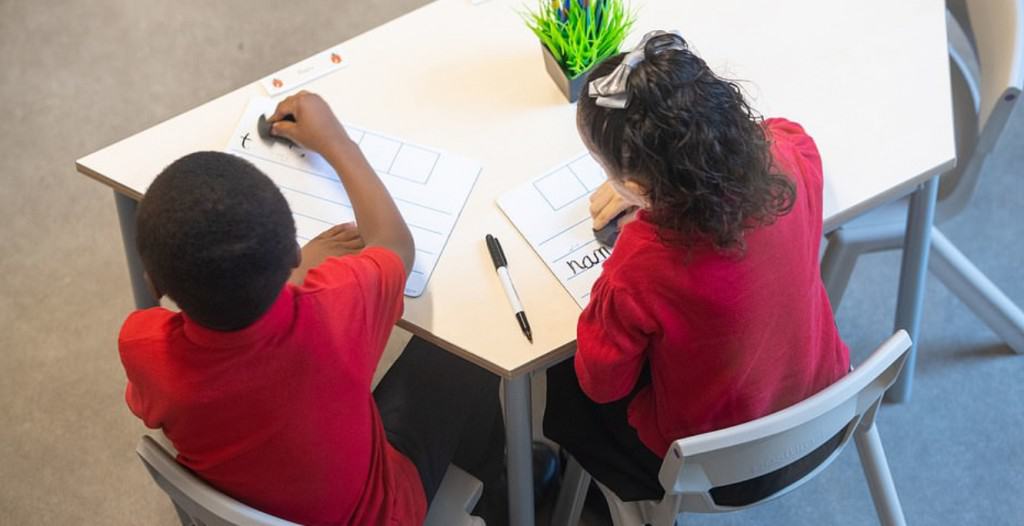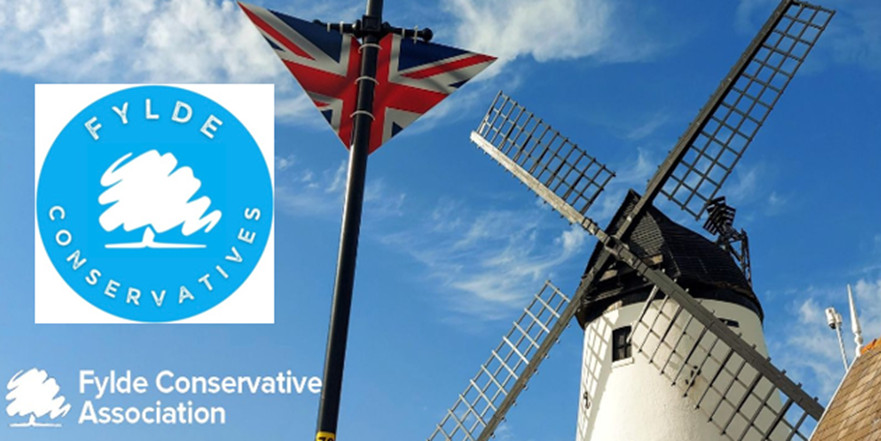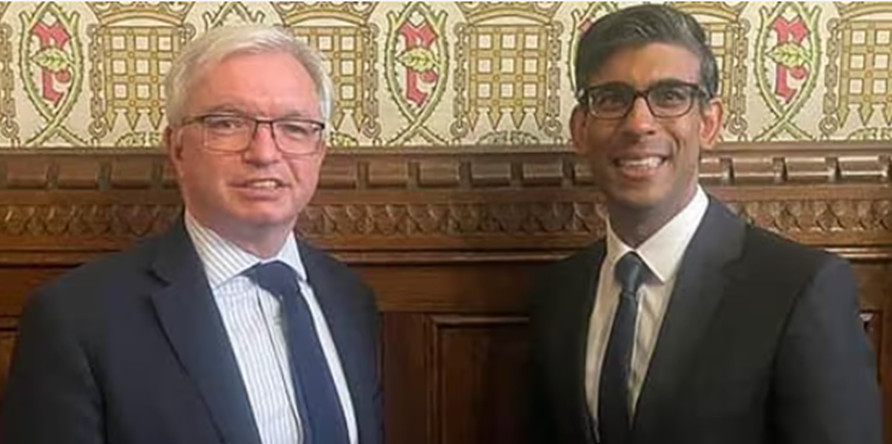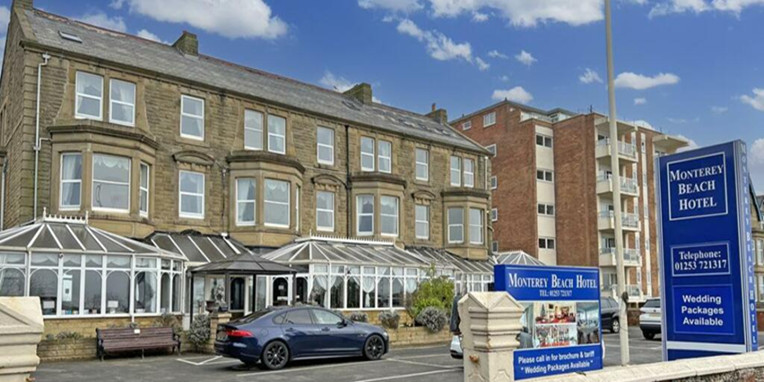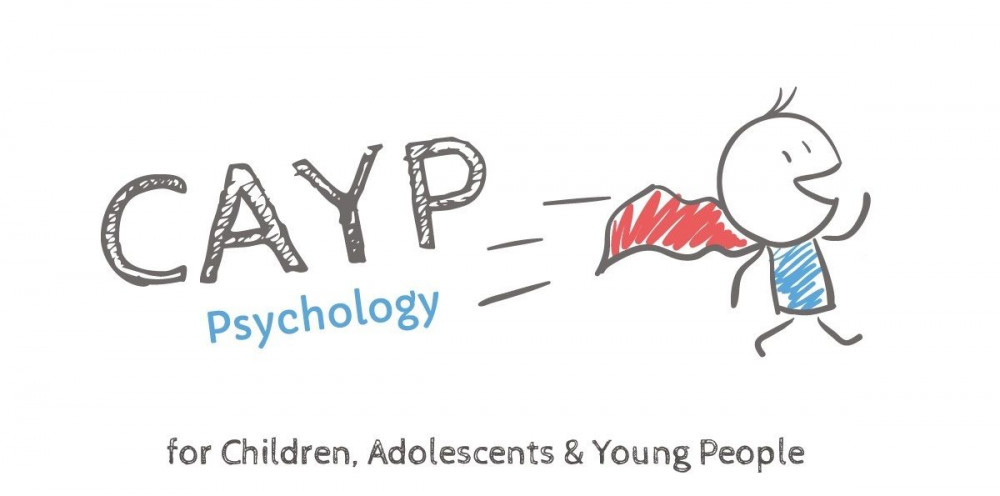Lytham St Anne’s students will be preparing to return to school this week. Like their parents, they will be filled with a wealth of emotions – apprehension, anticipation, anxiety, excitement……….Moreover, all our students will have settle down to hard work to catch up with months of learning missed during lock-down.
However, for some Lytham St Anne’s students returning to school this week, the latest statistics from the Education Policy Institute (EPI) provides most disappointing reading about the progress and attainment of disadvantaged pupils in our county.
This new data from the EPI shows that disadvantaged pupils in Lancashire are 19.9 months behind in their learning compared to their non-disadvantaged peers by the time they finish their GCSE exams. Lancashire’s disadvantaged pupils trail the national average of 18.1 months.
Worse still – this most recent data also shows that the learning gap for disadvantaged pupils in Blackpool is the widest in the country – with these students 26.3 months behind their non-disadvantage peers. Despite attempts to raise the rate of progress and the attainment of the disadvantaged pupils in Blackpool – this gap in learning has grown by five months since 2012.
The findings are likely to cause further alarm given that the data collection was taken before the coronavirus lock-down had hit the education system. The EPI Report states ‘Before Covid-19, disadvantaged children were already well behind their more advantaged peers, and it is widely expected this learning gap will now increase.’
The Government’s ring-fenced funding, the Pupil Premium, which allows schools to put interventions into place to try to close the gap between disadvantaged pupils and their peers seems to have had minimum impact in Blackpool and Lancashire.
These are the areas in which the learning gap for disadvantaged students is the widest:
Blackpool: 26.3 months behind
Knowsley: 24.7 months behind
Plymouth: 24.5 months behind
The areas were the gap was smallest were all in London:
Westminster: 0.5 months behind
Redbridge: 2.7 months behind
Ealing: 4.6 months behind
Barnet: 5.6 months behind
Newham: 5.9 months behind
Tower Hamlets: 5.9 months behind
The Department for Education identifies disadvantaged pupils as:
- Eligible for Free School Meals or have been in the last six years;
- Looked After Children (LAC), or those who have previously looked after by the state, but are now adopted or are subject to a special guardianship order, a child arrangements order or a residence order;
- Children with parents in the armed forces
Disadvantaged children bring extra funding for schools.
- Schools get an extra £1,345 for every primary age pupil, or an extra £955 for every secondary age pupil, who claims free school meals, or who has claimed free school meals in the last 6 years.
- Schools get an extra £2,345 for looked after and previously looked after children.
- Schools get £300 for every pupil with a parent who is serving in HM Forces or has retired on a pension from the Ministry of Defence. This funding is to help with pastoral support and is called the Service Premium (not Pupil Premium).
